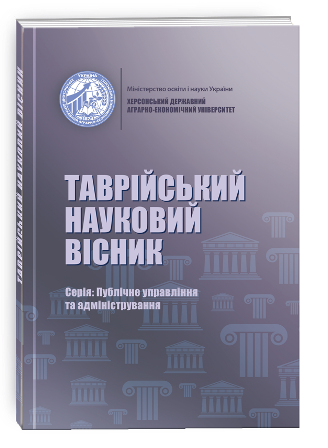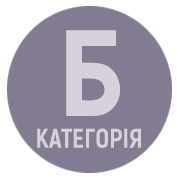RECOMMENDATIONS FOR THE APPLICATION OF THE TERMINOLOGY AND CLASSIFICATION OF MOUNTAIN TRANSPORT TECHNIQUES (INSURANCE) DURING THE TRAINING AND PERFORMANCE OF SERVICE AND COMBAT TASKS BY SPECIAL PURPOSE UNITS
DOI:
https://doi.org/10.32851/tnv-pub.2022.3.16Keywords:
mountaineering, mountain terrain, methods of movement, insurance, mountain training, climbingAbstract
The article examines the terminology and the equipment of movement and insurance in the mountains classification, which can help special purpose units servicemen during training and actions in mountain terrain. The basis of the above-mentioned units training is mountaineering (mountain) training. It is important that at the current stage in the practice of mountaineering there is a large number of different methods of movement on various forms of mountain relief. Each of them is designed for certain requirements. But, as a rule, there are no methods that are universal or suitable for use in any conditions. Each method of movement is performed using a number of movements (elements). It is important that these movements are the most expedient and economical, and most importantly, give the best result in specific conditions. The movements that make up a certain method of movement are called its technique. In general, the technique of mountaineering consists of many specific methods of movement. They mutually developed and complemented each other at each level of development of mountaineering technique. If there are a certain number of uniform concepts (in mountaineering – methods, methods of movement, insurance), then they must be placed in a certain system – grouped according to eastern phenomena and arranged in such an order that their arrangement reflects the degree of similarity and interdependence, that is, create a classification. Each method of movement and its separate elements should have an accurate and, if possible, short name, which can be expressed by a certain special term. Taking into account the above, the author has developed the terminology and classification of movement equipment (insurance) in the mountains, as well as recommendations for their use for the purpose of uniform training and performance of tasks by military personnel of special purpose units in the mountains. The developed recommendations provide an opportunity for a uniform understanding of the terminology and classification of transportation and insurance equipment, which in turn will ensure both better training and a higher level of coordination of actions of special purpose units when performing tasks in the mountains.
References
Про Національну гвардію України: Закон України від 13.03.2014 № 876-VII // База даних «Законодавство України» / ВР України. URL: http: //zakon2.rada.gov.ua/laws/show/876-18 (дата звернення 25.07.2022).
Школа альпинизма. Начальная подготовка : учебное пособие / пред. гл. ред. комиссии Т. В. Степенко. М. : ФиС, 1989. 463 с.
Винокуров В. К., Левин И. С., Мартынов И. А. Безопасность в альпинизме. М. : ФиС, 1983. 168 с.
Мартынов И. А., Мартынов А. И. Системный анализ альпинистской деятельности. Альпинизм сегодня и завтра. 1989. № 2. С. 35–50.
Мартынов И. А., Кудинов И. Б., Мартынов А. И., Шатаев В. Н. Методика обучения. Проблемные вопросы. Обмен опытом. Альпинизм сегодня и завтра 1989. № 3. С. 90–110.
Захаров П. П. Инструктору альпинизма. Серия «Школа альпинизма» : метод. пособ. М. : Спортакадемпресс, 2001. 280 с.
Хубер Г. Альпинизм сегодня / пер. с нем. М. : ФиС, 1980. 260 с.
Обеспечение безопасности в горах : метод. рекомендации. М. : Турист, 1989. 48 с.
Организация страховки при прохождении горных маршрутов : метод. рекомендации. М. : Турист, 1987. 56 с.
Техника и организация восхождений. Ситуационные задачи : метод. рекомендации. М. : Турист, 1988. 54 с.







